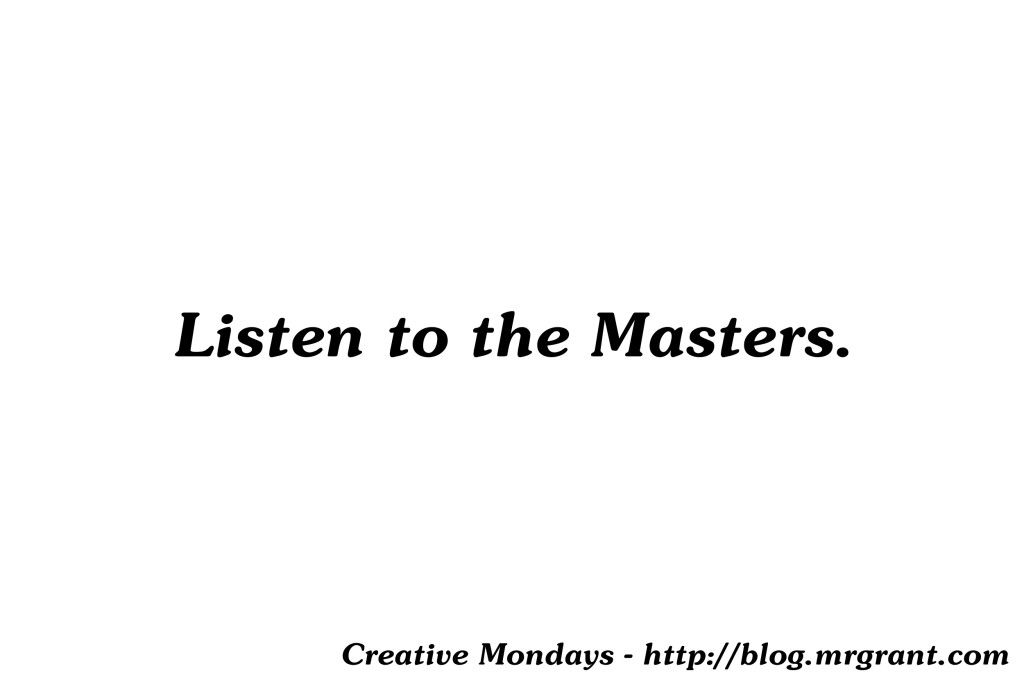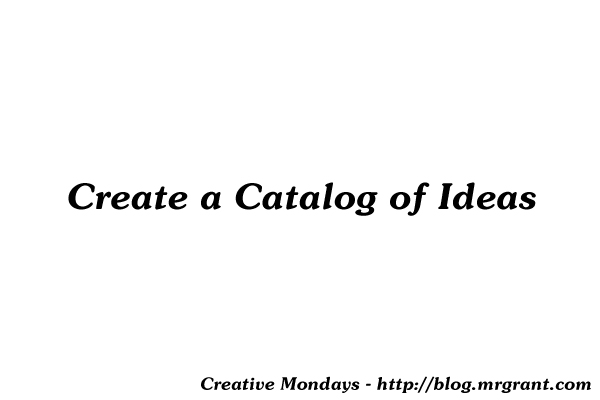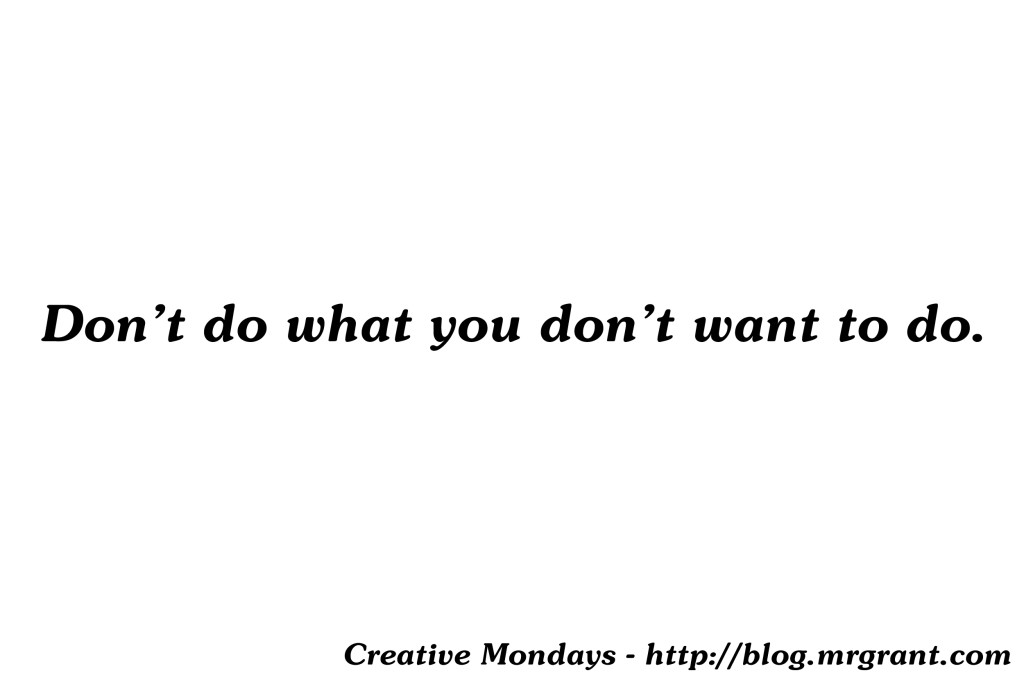Category: Things that inspire
Bob Hoskins’ daughter on the 11 lessons she learned from him.
We lost Bob Hoskins today. A tremendous actor who will be well remembered by me as Eddie Valiant in Who Framed Roger Rabbit?. But he was in a bunch of other great movies as well. I can remember in Freshmen of Sophomore year watching him as Iago in Othello. He will be missed.
His daughter, Rosa, posted a blog on the 11 lessons she learned from her father. The 11 things are things we all know, but this is a good reminder to live because we don’t know how long we have. Nothing lasts forever.
You can read Rosa’s blog post by CLICKING HERE.
I love the very first lesson. Laugh.
Creative Mondays #012 – Listen to the Masters.

A phrase I’m sure you’ve heard a before is ‘Listen to the Masters.’ Meaning seek out the people who are considered the pinnacles of your chosen field(s) of art and study them. In painting it’s van Gogh, Picasso, Dali and more. In music it’s Beethoven, Mozart or The Beatles if you’re more contemporary. Writing has Hemmingway, Shakespeare, Rowling or King. Screenwriting has Stanley Kubrick, Billy Wilder and Ingmar Bergman to name a few. Acting has Tom Hanks, Meryl Streep, George Clooney. Just Google “Most famous (you shosen field of creative art) and you’ll get list after list. Of course, these lists are all subjective, but you’ll find the top three are usually people everybody knows. These are the Masters.
I think researching the Masters is a very important thing to do in order to see what can be done in your field. The amount of knowledge that can be learned from people who are ‘Masters in your field should not be downplayed at all. I would, however, like to make one small change to the phrase ‘Listen to the Masters.’
I think you should listen to YOUR masters.
I think you should study to the people who inspired you to get up off your rear and start creating. The people who you feel are the pinnacle of your chosen field(s) of creation. The people who inspired you are your Masters and you should study them totally and unapologetically. If someone who inspired you was Hemmingway or Mozart, great. But if who inspired you is or was not a household name, study them. Learn from them.
I’ve said on here time and time again that one of my inspirations is Joel Hodgson, creator of Mystery Science Theatre 3000. As popular as Joel is, when I say his name to people I sometimes get the ‘huh?’ look. When I explain he’s the creator of Mystery Science Theatre 3000, that clears it up for some, but there are still people out there who haven’t heard of that show. And that’s fine. The people you look up to don’t have to be household names. They just have to light a creative fire under you that spurs you on to emulate them. They inspire you to continue creating the art they have shown you.
I just finished the book Steal Like An Artist by Austin Kleon. It’s a great read that I recommend any create person pick up. It’s short and if you have an hour or so, you can probably zoom right through it. In one chapter he talks about creating a family tree for your creative self. This family tree isn’t about blood relations though, it’s about the people who inspired you creatively and made you the creative person you are today. Austin tells you to study the people who directly influenced you and then study the people who influenced them, creating a family tree of creativity.
“Weird Al” Yankovic is a big influence on my comedy, obviously. When I first heard Al’s Eat It, I was hooked. After I’d picked up his album, I noticed that he thanked Dr. Demento on his discs. I, somehow because this was before the internet, found out that Dr. Demento hosted a weekly radio show. I cajoled my parents into recording the show for me every week and it opened a whole new world up to me. Suddenly I was hearing Al’s influences. Allan Sherman, Stan Freberg, Tom Lehrer and Spike Jones. I was creating a creative family tree for my love of comedy music. I was listening to new things that would become true favorites (Stan Freberg, Smothers Brothers) and some that, though I could see the appeal, were not favorites (Frank Zappa). This was all because I followed the creative line from “Weird Al” back.
I think that listening to your Masters, is super important and should be done by every artist. You don’t know where you can go if you don’t look back and see where you have been.
—
Who has inspired your creative life? Have you researched them and seen who influenced their creative life? Let me know in the comments below.
Creative Mondays #008 – Create a Catalog of Ideas.

Here is the third installment of creative ideas I took away from seeing Joel Hodgson’s talk “Riffing Myself” in Northern California recently. I highly recommend going to see this show, even if you aren’t a fan of Mystery Science Theatre 3000. It’s a great show for anyone who is creative and, to me, gives great insight on how things, great things like Mystery Science Theatre 3000, are created. You can read the previous two blogs here: Don’t do what you don’t want to do & Nothing ever comes out done.
This final topic is actually a topic that I already have written on and was scheduled to come up soon here on the blog. I may touch upon it again in upcoming weeks, but I really waned to use Joel’s talk as a springboard to write on this idea. The idea of a creative idea book.
Joel told the story of taking a sculpture class in college where the instructor made all the students buy a big, black, hardbound sketch journal to use in the class. Joel thought the idea was a bit pretentious in that he felt he didn’t have any ideas worth putting into a hardbound journal, but it was a requirement so he picked one up. In his talk, Joel actually shows scans of the first two pages of the journal they are filled with ideas for different sculptures. Then he shows a scan of the third page where there are sculpture ideas on the top of the page and below is an, almost comical, mock up of a trick Joel wanted to create for his magic act. He then goes on to show other pages and, never again, were any of the pages adorned with sculpture ideas. From that page on it was ideas for things Joel wanted to create.
Joel calls this his Catalog of Ideas. He likens it to the old magician’s catalog he loved thumbing through as a kid. Full of wondrous things. Possibilities. Things that may happen of may not. His Catalog of Ideas was a storehouse of thoughts on things to create. Some he acted on immediately. Others lay dormant on the page, perhaps to be acted on in the future. He also spoke how, a lot of times, several different ideas in the Catalog would be combined together to create something completely different from anything else. He wrapped this part of the speech up by showing a picture of a closet, I’m assuming, in his office that is now full of large, black, hardbound sketch journals. His catalog of ideas. (Side Note: If you’re as big a fan of Joel’s as I am, wouldn’t you just love to thumb through those?)
So, a Catalog of Ideas. I have to admit, I don’t really keep one like the one Joel mentions in his talk. I think Joel is a lot more visual than I am where I prefer to write things out. Most times if I have an idea I will type it into the notes on my phone. Or I’ll just let it rattle around in my head until it’s so big I just have to act on it. I have recently been keeping a sort of idea journal. It has some ideas but it also has notes from meetings and classes, so it’s not strictly an idea journal. But you know what? I’m going to take it as a challenge to start a Catalog of Ideas of my own. I’ll let you know how it goes.
Again, I will plug Joel’s show. Go see it. For info visit his website here – www.JoelHodgson.com
—
Do you keep your own Catalog of Ideas? If so, how long have you done it? Tell us about it in the comments below. If you don’t keep one, how do you store all your creative ideas? Again, let me know below.
Creative Mondays #006 – Don’t do what you don’t want to do.

Saturday night I got to see one of my creative mentors, Joel Hodgson, speak at the Tower Theatre in Roseville, CA. He was presenting his one man show ‘Riffing Myself’ which is a look back at what lead to his creation of Mystery Science Theatre 3000 and a talk on how he approaches creativity.
—